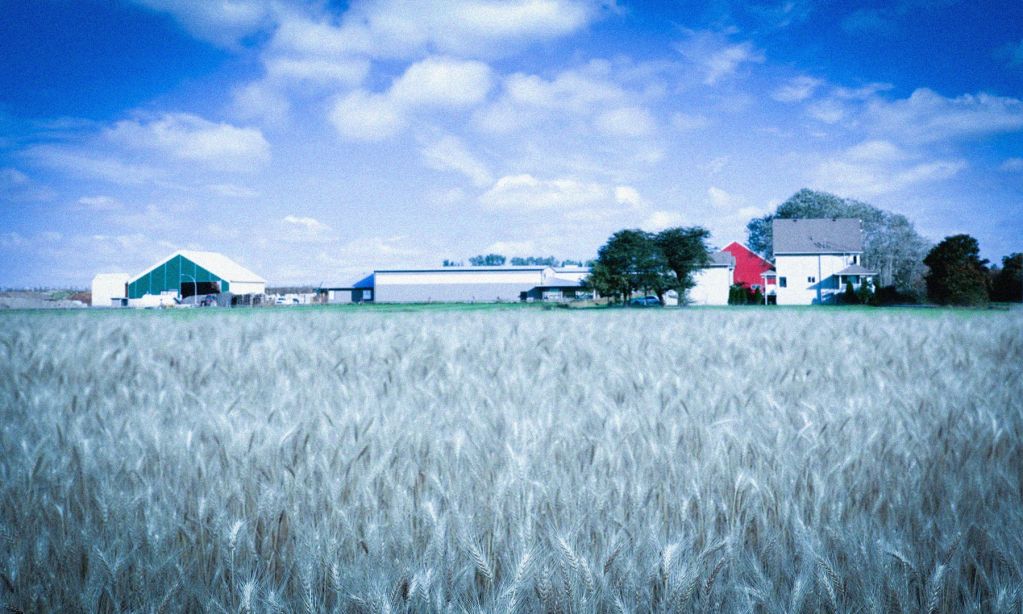If you listen to the governing Sask Party, you’d be justified in thinking that the province’s economy is on an unprecedented boom, and everyone living in the land of living skies is feeling the benefit. They’ve even got a slogan for it, plastered on their budgets and plans—growth that works for everyone.
Manufacturing sales are up, exports are growing, oil production and mineral sales have increased, and the provincial government raked in a $1.2 billion surplus. We’re even seeing the population rebound after some years of stagnation. But what does that mean for the average worker? Well, it depends.
The rate of inflation in the province continues to exceed that of the national average, at 5.2 per cent. The price of food has escalated more than most other goods and services, hitting middle and lower income people the most. And while wages have certainly grown over the pandemic, from an average of $28.10 per hour in 2020 to $31.50 by December of 2022, inflation has chewed up most of those gains. Bank of Canada rate hikes continue to hurt workers in the pursuit of inflation control. If we account for inflation, tThe average worker is only 4 cents per hour richer now in dollars than they were three years ago when you look at hourly income.
Industries like retail and food services, despite chronic labour shortages, continue to offer low-wages to workers. Young women still define the ranks of minimum wage earners, with about half of these workers being under the age of 24. That means that just under 50fifty per cent of minimum wage employees in Saskatchewan are adults, not teenagers living in their parent’s basements. And we know that young people are overrepresented in the poverty statistics— – especially Indigenous youth.
Going into the pandemic, there were signs across Canada that poverty rates were leveling off and even decreasing, along with inequality. Recent census data shows that all age groups in Saskatchewan made meaningful gains in recent years, but the province continues to lag far behind the national average in terms of poverty rates, despite its resource riches. Indigenous peoples continue to be disproportionately represented in these poverty figures. Some research suggests that pre-pandemic income distribution programs had positive effects on poverty and inequality—as did COVID-19 measures like the Canada Emergency Response Benefit (CERB) that benefitted low wage racialized workers the most. This merits further attention.
Today, food bank use is on the rise and homelessness in Saskatchewan’s two major urban centers—Regina and Saskatoon—is growing at an alarming rate. Premier Moe can’t blame Trudeau for that. The Saskatchewan Urban Municipalities Association (SUMA) even made poverty and the Saskatchewan Income Support Program a focus of debate at their annual summit in April, 2023. That’s important for an otherwise conservative municipal lobby organization.
There are other notable figures embedded within employment data that merit attention. The number of employed people has risen since the start of the pandemic, but so too has the population. Labour market participation rates are down for men and women, even though women have fared better since the start of the pandemic. Immigrants have also experienced some positive movement (total employed for this demographic grew by 24 per cent), but for those born in Canada the rate fell by 3.7 per cent. Retirement and going back to school are cited as the leading contributors for workers leaving the labour market.
Labour market inclusion is hardly equal across the prairie region. Black and Arab residents suffer from stubbornly high unemployment rates (9.9 per cent and 9.8 per cent respectively), compared to 4.3 per cent for non-visible minorities. For Indigenous people, the pandemic cut short a positive trend in their labour market participation rate, going from 61.7 per cent to 64.9.2 per cent between 2020 and 2021 before flat-lining.
Job vacancies, meanwhile, remain high, which has prompted businesses to look abroad through various foreign worker streams, like the Saskatchewan Immigrant Nominee Program (SINP) and the Temporary Foreign Worker Program (TFWP) for labour. Fortunately, the SINP aims to transition these workers to permanent status upon arrival, unlike the TFWP. The province’s reliance on migrant labour in some sectors emphasizes the need to ensure that Saskatchewan’s immigrant rights regime is properly funded and proactive in its work. The success of the Foreign Worker Recruitment and Immigration Service Act (FWRISA) in protecting newcomers from exploitation by employers and recruiters is noteworthy in this regard.
And then there’s the matter of wage theft. Commonly defined by scholars as the “phenomenon of employees not being paid the wages and other monetary benefits to which they are legally entitled,” construction, retail, and food service industries topped the list of first time and repeat offenders. Fortunately, the number of incidents reported to the government has declined since 2016. Further study is needed to explain this trend. It comes as no surprise that incidents are highest in largely non-unionized industries where precarious work is the norm.
Despite the mantra of growth that works for everyone, Saskatchewan’s socio-economic landscape paints a very different picture. Governments must do better by providing a comprehensive picture of “growth” and development beyond job numbers, housing starts, investment, and GDP, to ensure that economic development is inclusive. It can’t just be about “sunny ways” reporting.
More information can be found in the Saskatchewan Labour Rights Report, authored by Andrew Stevens (Associate Professor, University of Regina, and Rankandfile.ca co-editor) and Angele Poirier (graduate student, University of Regina). The full report can be found on-line.







